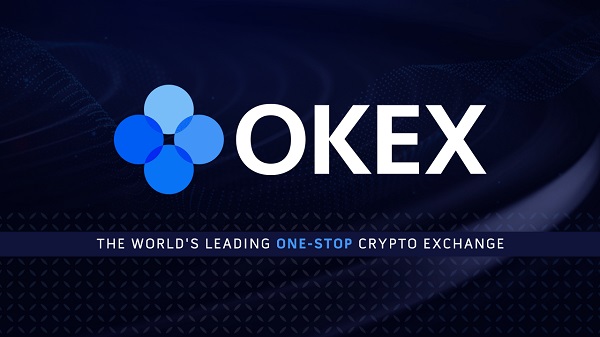Ethereum core developers kicked off the network’s long-awaited merge early Tuesday morning by initiating one last major upgrade before the big switch: Bellatrix. But some early technical hiccups have some questioning the network’s preparedness for the update.
The merge, an upgrade which combines the Ethereum beacon chain with its mainnet, is set to transition the network from an energy-intensive proof-of-work system to a much more energy-efficient proof-of-stake blockchain. Ethereum developers today successfully launched Bellatrix, an upgrade that initiates the merge on the beacon chain’s backend, consensus layer. Next week, another upgrade will transition the network’s execution layer, changing the way ETH is created and validated for all users worldwide.
After the Bellatrix upgrade went live, developers celebrated its successful execution, and declared full steam ahead for the merge’s final execution layer upgrade, Paris, which is now estimated to occur between September 13 and 15.
There were some signs, however, that Bellatrix may not have been as successful as first broadcast.
Since Bellatrix executed this morning, the Ethereum network has seen a marked spike in its “missed block rate”—the frequency with which the network fails to verify a block of transactions slated for validation. That figure jumped some 1,700% after Bellatrix went into effect; in other words, whereas typically 0.5% of all blocks slated for validation on Ethereum fail to be validated on the first try, on Tuesday morning, more than 9% of all blocks experienced that issue.
Why? The answer may have to do with the preparedness of the network’s node operators.
In the run-up to the merge’s final Paris upgrade, all of Ethereum’s node operators—the individuals and organizations that keep the backend and infrastructure of the network operating—must update their clients to the latest, merge-ready software. Any operator who fails to do so will, if and when the merge executes next week, “be stuck on an incompatible chain following the old rules and will be unable to send Ether or operate on the post-merge Ethereum network,” per the Ethereum Foundation.
Multiple core developers of Ethereum’s network, in speaking to Decrypt, asserted that this morning’s spike in missed block rate could be traced to operators who had yet to perform this software upgrade.
“The nodes who have not yet updated will get inactivity leaked,” Ethereum core developer Marius Van Der Wijden told Decrypt.
In other words, the more node operators there are that haven’t updated their software yet, the more this will trigger missed blocks on the proof-of-stake chain. According to Ethernodes, 25.2% of Ethereum’s nodes still have yet to upgrade their software.
The undertaking of getting all node operators to update their software in the ramp-up to the marge has been front-of-mind to Ethereum’s core developers for months. “I think the biggest issue that we have right now is that we need to educate the users,” said Van Der Wijden.
Specifically, this means making sure that all node operators know they must update their software and run both consensus layer and execution layer clients, else they will be booted off the network come the merge.
The worst-case scenario in this regard, however, seems to have already been avoided. If less than 66% of node operators updated their software, the merge would not be able to finalize next week; that figure is already above 74%.
Per Van Der Wijden, the 9% of blocks missed this morning could be chalked up to a combination of nodes that lacked updated software (5%) and nodes that were partially updated, but not connected to an execution layer (4%).
Despite these statistics, which highlight the degree to which further user outreach to node operators may still be necessary, Van Der Wijden says he was pleased by this morning’s events.
“It’s a really good thing that not everyone has upgraded, since they know now, and will update before the actual merge,” he said.
Van Der Wijden went so far as to say that the degree to which the Ethereum network was impacted this morning by non-updated node operators was far less problematic than expected.
“I anticipated even more people not updating,” Van Der Wijden said. “I’m very surprised how great it went.”
Stay on top of crypto news, get daily updates in your inbox.













